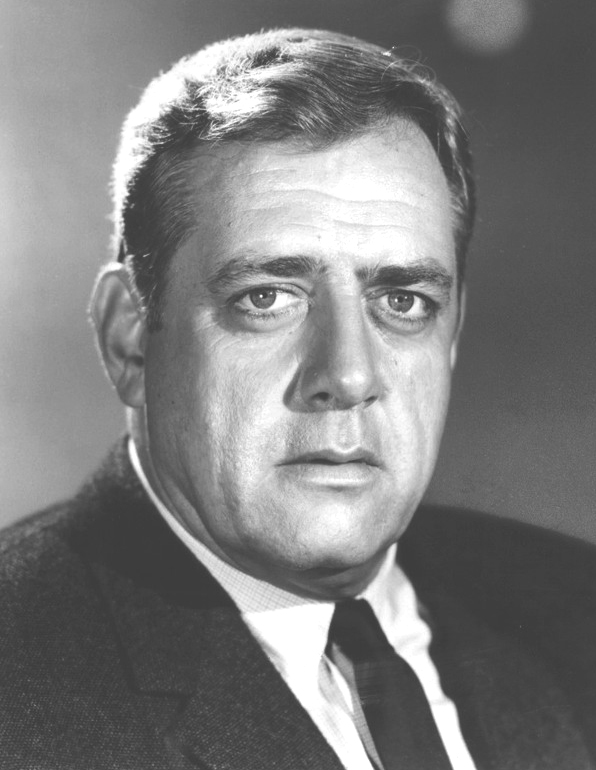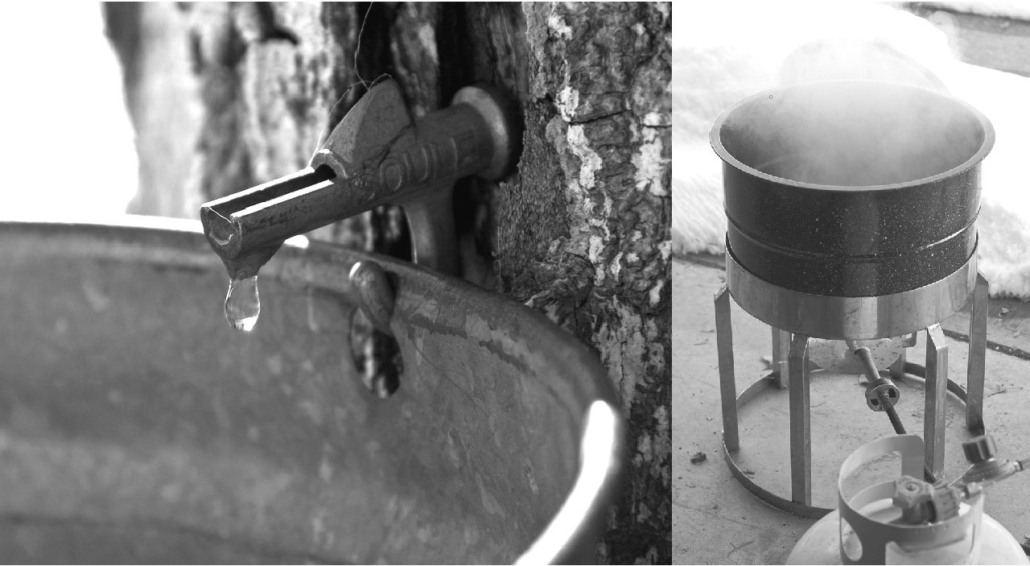STUDENT WRITERS: The search for happiness
 The Town Line presents the STUDENT WRITERS PROGRAM
The Town Line presents the STUDENT WRITERS PROGRAM
This week featuring: ERSKINE ACADEMY
by Aidan Larrabee
Erskine Academy
Do you want to be happy? Most people will answer yes to this question, which is good. Unfortunately, we often try to simplify happiness, and lose sight of what being happy really means. Nathaniel Hawthorne described happiness as, “like a butterfly which, when pursued, is always just beyond your grasp; but which, if you will sit down quietly, may alight upon you.” It is easy to blame the world and the evil in it for a lack of happiness. If so, then why do we look to the world with all the evil in it for happiness? However, many people believe that happiness comes from something less worldly. Christianity is a beautiful example of finding happiness in a way that relies on no one but oneself and God. Christians believe God is love, and being loved is one of the most important things in the world when it comes to filling our soul and making us happy. Victor Hugo went as far as to say, “The supreme happiness of life is the conviction that we are loved.”
There is a dichotomy to happiness, which makes it so hard to describe. On one hand there is materialistic pleasure, and on the other there is spiritual happiness. We catch glimpses of happiness through materialism, but that type of happiness is always temporary and goes away. Everybody has highs and lows, as suffering is inherently part of the human experience. Christianity has a unique view on happiness, almost a sort of paradox. “The Christian faith makes sense of the rawness we feel in the face of suffering because it says there is something wrong with the world … God is good but evil is also real and has influence in the world for now … It is only if God exists that our outrage at suffering finds a home.” The idea of humans making human civilization a utopia is never going to happen because of the evil that is an inherent part of free will. It is through our suffering that we find God, and that He wants us to serve Him here on Earth, knowing that the best is yet to come. We catch glimpses of this pure happiness in our lives, but we will never achieve that perfect state of happiness and tranquility until we reach heaven. Christians find peace because they have hope and they have faith.
In fact, Jesus speaks about the topics of happiness and fulfillment in John 6:26-35.
“Very truly I tell you, you are looking for me, not because you saw the signs I performed but because you ate the loaves and had your fill. 27: Do not work for food that spoils, but for food that endures to eternal life, which the Son of Man will give you. For on him God the Father has placed his seal of approval.'” 28: Then they asked him, “‘What must we do to do the works God requires?'” 29: Jesus answered, “‘The work of God is this: to believe in the one he has sent.'” 30: So they asked him, “‘What sign then will you give that we may see it and believe you? What will you do? 31: Our ancestors ate the manna in the wilderness; as it is written: ‘He gave them bread from heaven to eat.”” 32: Jesus said to them, “‘Very truly I tell you, it is not Moses who has given you the bread from heaven, but it is my Father who gives you the true bread from heaven. 33: For the bread of God is the bread that comes down from heaven and gives life to the world.'” 34: “‘Sir,'” they said, “‘always give us this bread.'” 35: Then Jesus declared, “‘I am the bread of life. Whoever comes to me will never go hungry, and whoever believes in me will never be thirsty. 36: But as I told you, you have seen me and still you do not believe. 37: All those the Father gives me will come to me, and whoever comes to me I will never drive away. 38: For I have come down from heaven not to do my will but to do the will of him who sent me. 39: And this is the will of him who sent me, that I shall lose none of all those he has given me, but raise them up at the last day. 40: For my Father’s will is that everyone who looks to the Son and believes in him shall have eternal life, and I will raise them up at the last day.”
It is in this passage that Jesus addresses the importance of spiritual fulfillment above everything else. Jesus spoke to the disciples in the passage after he had just performed the miracle with the bread and the fish, with which he fed thousands. And these people, who want to be fed again, are reminded that it is not food that will ever truly fulfill us. They are told that if they believe in Jesus Christ they will find the “bread of life.”
In today’s society, we have a cancel culture and one of the things that has been canceled is people’s faith. When we look back at America, we see all the things we as a nation did wrong and we cancel everything that the people who did these things believed in.
When looking back at America’s connection to religion, it can be very easy to blame Christianity for some of America’s greatest failures as a nation. But is it fair to totally cancel religion because of the terrible things done by people who totally misunderstood the foundation of the religion: To love God and to love your neighbor? Was God not a driving source of happiness for the people who created America, many of whom lived lives of incredible hardship? Despite all the benefits of technology and the glory of success, people in today’s world still lack happiness. So is it possible that being religious really makes you a happier person? It turns out that there is research done on this by the Pew Research Center.
According to their statistics, “Actively religious people are more likely than their less-religious peers to describe themselves as “very happy” in about half of the countries surveyed.” In the U.S., where 11 percent of actively religious people described themselves as “very happy” compared to others surveyed in the U.S. This illustrates that people who do practice their faith are generally happier.
The absence of religion in Aldous Huxley’s Brave New World depicts the dichotomy of happiness. The people in the new world delighted in materialism and in sex and in soma. Mustapha Mond, one of the World Controllers, shared that he believed God manifested himself in the World through His absence.
Ultimately, though, the quest for stability in the New World was not perfect because people whose minds refused to conform to the system were sent to islands. The soma was only temporary. There was happiness in the New World, but there was not true happiness. There was no God, and there was no unconditional love. And while the New World may have succeeded in solving many of the evils of the world such as aging, disease, poverty, and hunger, the people in the world still lacked true happiness. In fact, John the Savage claimed the right to suffer in all of those evils.
I believe the reason for this is that it is in suffering that we can see the beauty and glory of God. The experience John had when he lived on the Savage Reservation and went off by himself into the mountains depicts the peace and the comfort that we experience in our suffering, because we can feel God’s presence. It is in the simple things in life that we find true happiness. I think that is because during these times we feel God’s presence; We feel the peace of His presence and we feel the hope of knowing that the best is yet to come.
Student Writer’s Program: What Is It?
The Town Line has many articles from local students under the heading of the “Student Writer’s Program.” While it may seem plainly evident why The Town Line would pursue this program with local schools and students, we think it’s worth the time to highlight the reasons why we enthusiastically support this endeavor.
Up front, the program is meant to offer students who have a love of writing a venue where they can be published and read in their community. We have specifically not provided topics for the students to write on or about, and we have left the editing largely up to their teachers. From our perspective this is a free form space provided to students.
From the perspective of the community, what is the benefit? When considering any piece that should or could be published, this is a question we often ask ourselves at The Town Line. The benefit is that we as community are given a glimpse into how our students see the world, what concerns them, and, maybe even possible solutions to our pressing problems. Our fundamental mission at the paper is to help us all better understand and appreciate our community, our state, and our nation through journalism and print.
We hope you will read these articles with as much interest and enjoyment as we do. The students are giving us a rare opportunity to hear them out, to peer into their world, and see how they are processing this world we, as adults, are giving them.
To include your high school, contact The Town Line, townline@townline.org.














